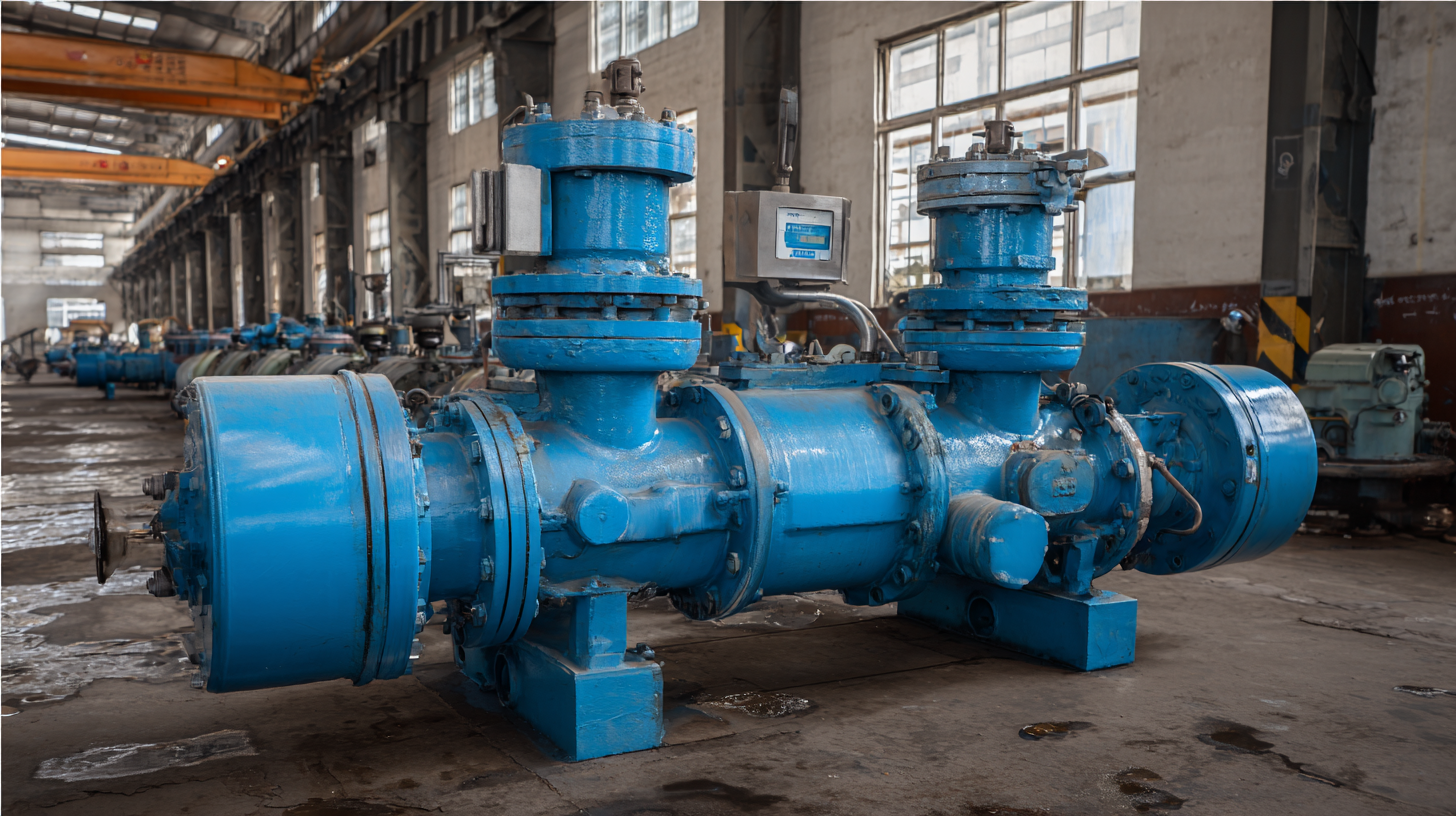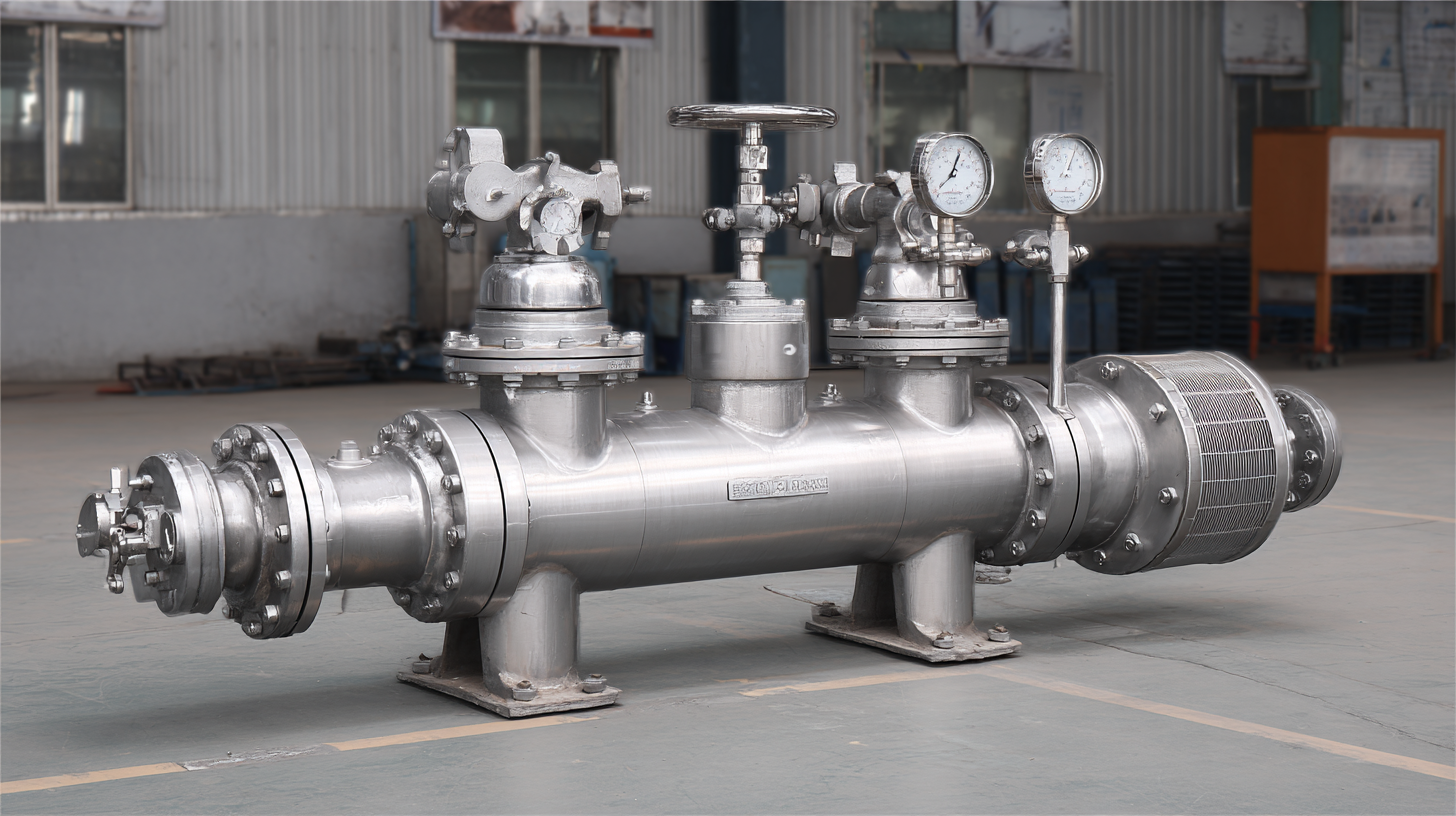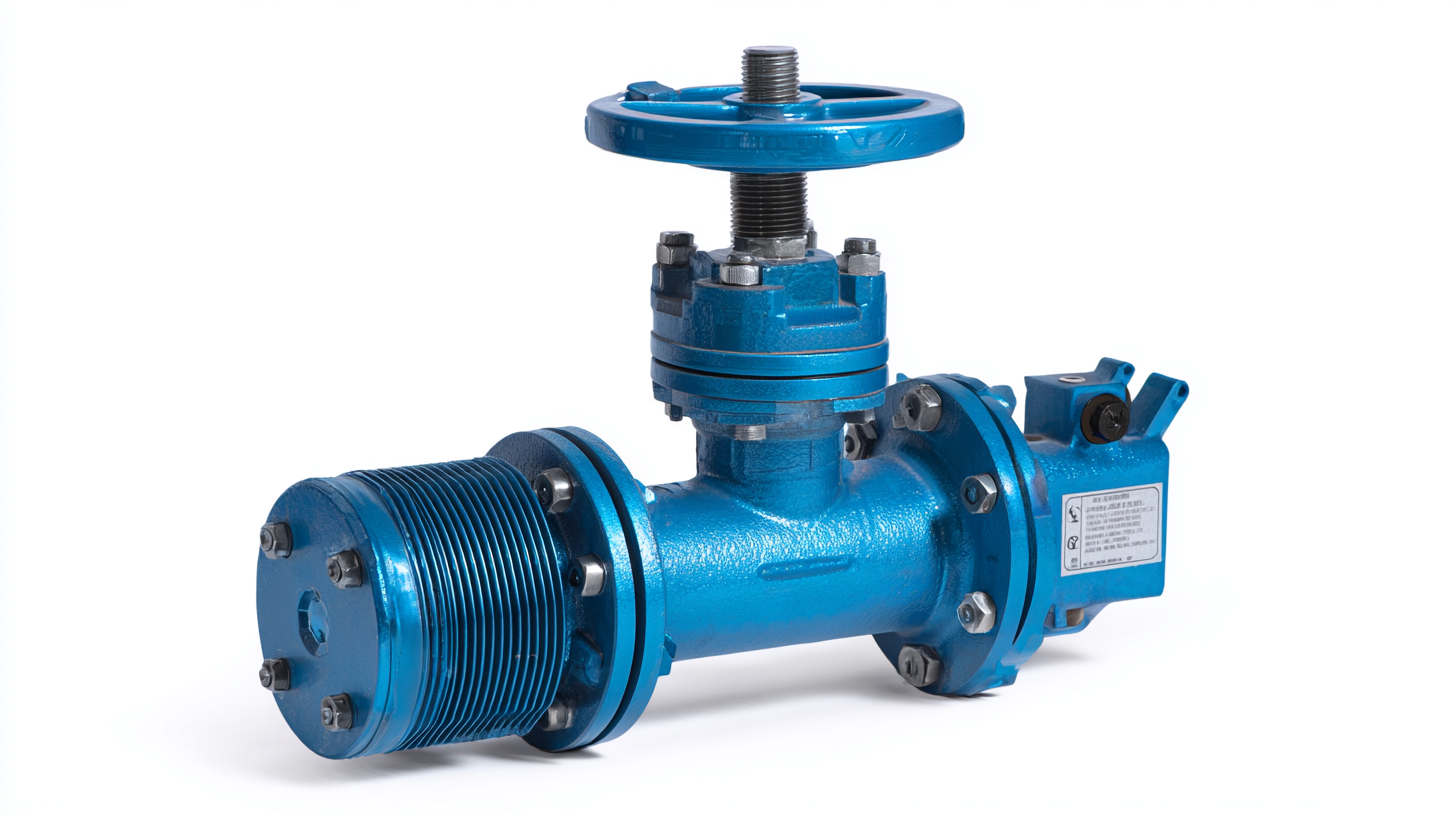Championing Excellence in China The Best Steam Pressure Reducing Valve Export Leader
In the dynamic landscape of China's manufacturing sector, the quest for excellence is ever-present, particularly in the realm of industrial components. One such vital component is the Steam Pressure Reducing Valve, a crucial device that ensures the efficient and safe management of steam pressure in various applications. As global industries increasingly turn to China as a powerhouse for high-quality exports, understanding the best practices and strategies for producing superior Steam Pressure Reducing Valves becomes imperative. This blog will delve into the top strategies employed by leading manufacturers, shedding light on their innovation, quality control, and commitment to excellence that set them apart as the export leaders in this competitive market.

Join us as we explore how these tactics not only enhance product efficiency and reliability but also redefine the benchmarks for success within the industry.
The Importance of Steam Pressure Reducing Valves in Industrial Applications
Steam pressure reducing valves (PRVs) play a crucial role in industrial applications, where the management of steam energy is vital for operational efficiency. Recent evaluations showcase that optimizing steam systems can lead to significant energy savings. For instance, a techno-economic analysis conducted on a recycling pulp and paper mill industry highlighted opportunities for energy conservation through efficient steam distribution. Reports suggest that enhancing steam efficiency can yield up to 30% in energy savings, underscoring the necessity of effective PRVs in maintaining system pressure and minimizing energy loss.
Moreover, with ongoing advancements in the valve market, innovations in pressure relief and monitoring systems are set to enhance both safety and sustainability in industrial operations. Such developments are integral to meeting regulatory standards and improving productivity. As the industrial valve market grows, projections estimate an increase in demand driven by the need for better energy management and process optimization, with potential growth rates exceeding 5% annually through 2034. The synergy between steam pressure reducing valves and energy-efficient systems will continue to be a focal point for industries aiming to improve their operational performance while adhering to sustainability goals.
Key Features That Define a Top-Tier Steam Pressure Reducing Valve
In the fast-evolving landscape of industrial applications, steam pressure reducing valves (PRVs) play a crucial role in maintaining system efficiency and safety. A top-tier steam PRV should feature not only durability but also precise control over steam pressure. According to the latest industry report by MarketsandMarkets, the steam PRV market is projected to exceed $2 billion by 2026, driven by the rising demand for energy efficiency in various sectors, particularly in manufacturing and power generation.
The key features defining leading steam PRVs include advanced materials that withstand high pressures and temperatures, innovative designs for minimal pressure drops, and enhanced connectivity options for modern automation systems. Moreover, accurate pressure regulation is imperative, as fluctuations can lead to energy losses of up to 20%, negatively impacting operational costs. Therefore, investing in reliable steam PRVs can significantly augment a facility’s bottom line while ensuring safety protocols are met.
Tips: When selecting a steam PRV, always consider the valve’s compatibility with existing systems and the specific demands of your application. Regular maintenance schedules can also extend the lifespan of your valve, thereby maximizing your investment. Lastly, don’t overlook manufacturers who offer comprehensive technical support, ensuring that you have access to expertise when needed.
How Chinese Manufacturing Sets the Standard for Valve Quality and Innovation
In the realm of industrial automation, Chinese manufacturers have emerged as formidable leaders in the production of steam pressure reducing valves, setting a benchmark for quality and innovation globally. Recent industry reports indicate that the valve market in China is projected to reach a staggering value of approximately $12 billion by 2025, with a compound annual growth rate (CAGR) of 7.2% from 2020 to 2025. This growth is driven by China's burgeoning manufacturing capabilities and a commitment to improving technological standards, allowing for more efficient and reliable valve solutions.

Chinese companies such as Xiamen Hifactory and Zhejiang JH Valve have fostered innovation by adopting advanced manufacturing technologies, including artificial intelligence and IoT integration in their products. These advancements ensure not only precision in valve design but also enhanced performance under varying conditions. Additionally, a study from TechNavio highlighted that the increasing demand for energy-efficient systems in industries such as oil and gas and power generation has further propelled the need for high-quality valves. With stringent quality control measures and a focus on research and development, China is not just manufacturing valves; it is reshaping the landscape of valve technology for the future.
The Role of Advanced Technology in Enhancing Valve Performance
In the competitive landscape of steam pressure reducing valves, advanced technology plays a pivotal role in enhancing performance and reliability. Modern manufacturing techniques, including precision machining and automated quality control, ensure that these valves meet stringent safety and efficiency standards. By integrating smart sensors and IoT capabilities, manufacturers can monitor valve performance in real-time, leading to improved operational efficiency and proactive maintenance.
**Tip:** Always choose valves that incorporate the latest technology for maximum efficiency. Look for features such as integrated diagnostics and remote monitoring capabilities that can alert users to potential issues before they escalate.
Moreover, the development of advanced materials contributes significantly to the durability and longevity of these valves. High-performance alloys and coatings protect against corrosion and wear, which are common in harsh industrial environments. This advancement not only enhances the valve's lifespan but also reduces the frequency of replacements, ultimately leading to cost savings for businesses.
**Tip:** When selecting a valve, evaluate the materials used in its construction. Opt for options that offer superior resistance to the specific conditions of your application, ensuring optimal performance over time.
Championing Excellence in China: Steam Pressure Reducing Valve Performance
This chart illustrates the performance metrics of steam pressure reducing valves with advanced technology enhancements over the past five years.
Global Market Trends: The Rise of China's Export Leadership in Valve Manufacturing
In recent years, China's valve manufacturing sector has witnessed remarkable growth, positioning itself as a global leader in the export of steam pressure reducing valves. According to a report by MarketsandMarkets, the global valve market is projected to reach USD 104 billion by 2026, with China accounting for approximately 30% of the total market share. This surge can be attributed to the country's advanced production processes, robust supply chain, and emphasis on quality control, which have collectively strengthened its competitive edge in international markets.
Furthermore, the demand for steam pressure reducing valves is on the rise, driven by expanding industries such as power generation, oil and gas, and chemical processing. A study from Research Nester highlights that the global steam valve market is expected to grow at a CAGR of 5.6% from 2021 to 2028. As China continues to innovate and introduce state-of-the-art manufacturing techniques, its export leadership in valve manufacturing is likely to solidify, providing a comprehensive range of high-quality products tailored to meet diverse industrial needs worldwide.

